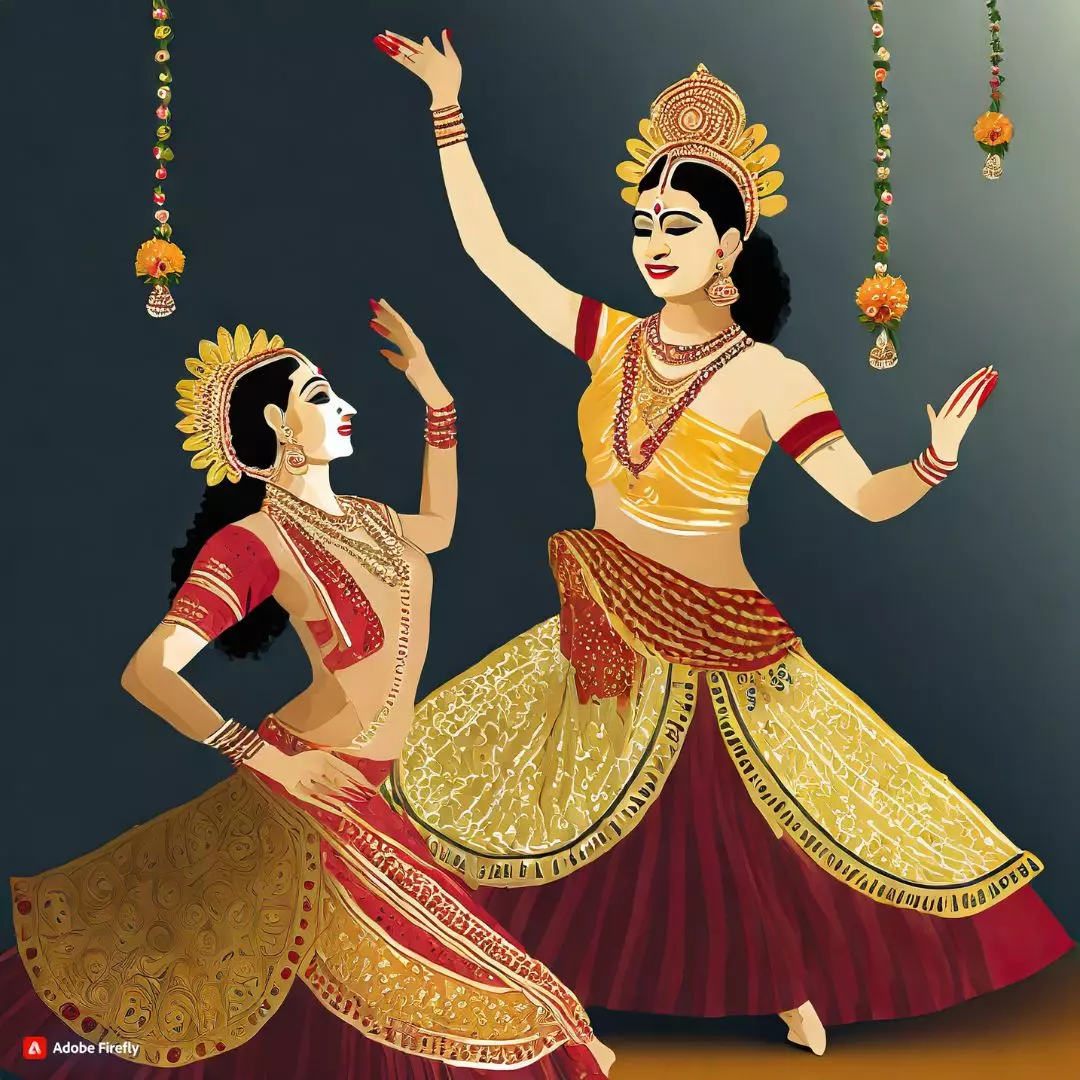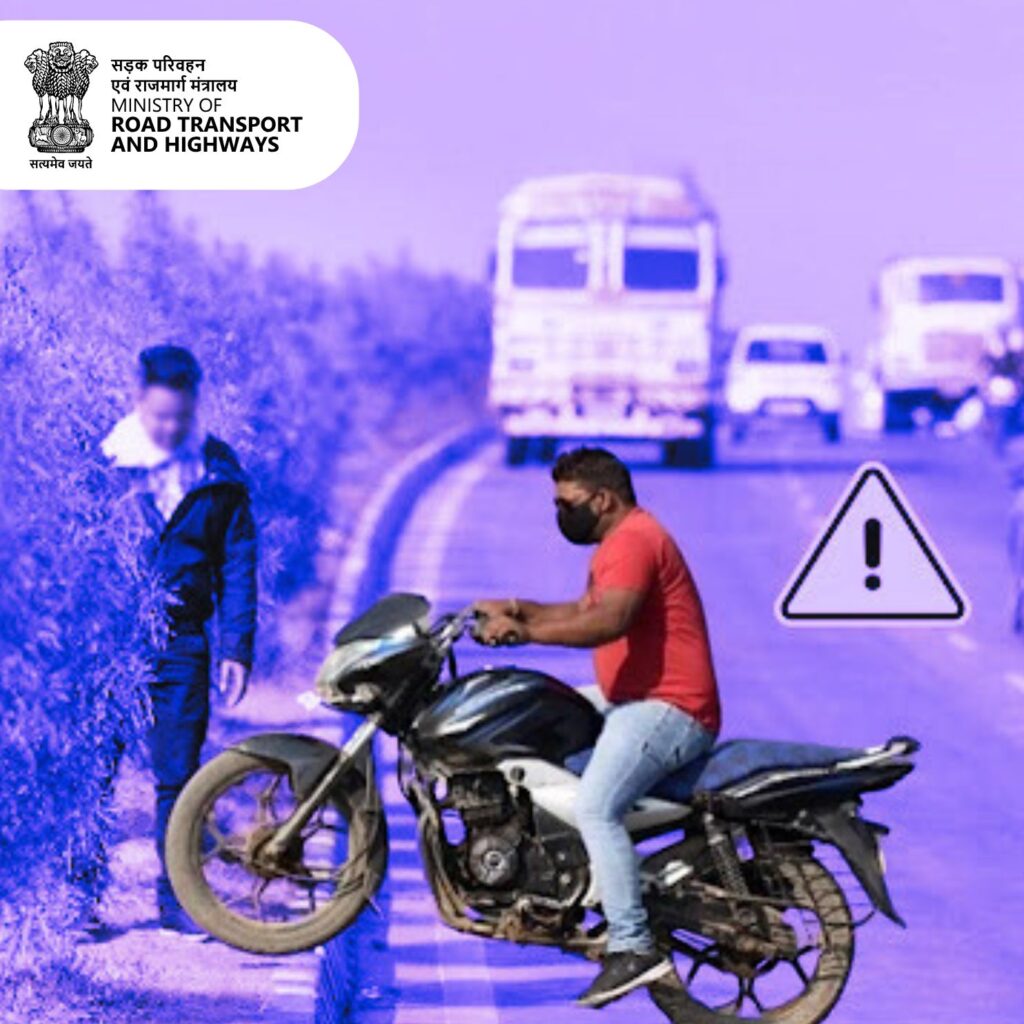Embarking on a cultural odyssey, we explore the enchanting realm of Indian classical dance, or Shastriya Nritya. Rooted in the sacred texts of Natya Shastra and flourishing across diverse regions of India, these dance forms are not just performances; they are vibrant expressions of history, spirituality, and artistic prowess.
Evolution and Recognition:
The umbrella term, Shastriya Nritya, encompasses a variety of regionally-specific classical dance traditions deeply entrenched in Hindu musical theatre. The Natya Shastra, a Sanskrit text dating back to 200 BCE to 200 CE, serves as the theoretical foundation for these dance forms. The number of recognized classical dance styles varies, with institutions like the Sangeet Natak Academy acknowledging eight main forms: Bharatanatyam, Kathak, Kuchipudi, Odissi, Kathakali, Sattriya, Manipuri, and Mohiniyattam.
Cultural Diversity and Origins:
Each classical dance tradition finds its roots in a different Indian state or region. Bharatanatyam hails from Tamil Nadu, Odissi from Odisha, and Manipuri from Manipur. These dance forms carry a rich cultural tapestry, embracing a unity of core ideas while showcasing a diversity of styles, costumes, and linguistic expressions.
Performance Arts and Culture:
The Natya Shastra, attributed to ancient scholar Bharata Muni, serves as the foundational treatise for classical dances. Beyond this, various Sanskrit dance-drama texts like Abhinaya Darpana and Natya Darpana further delve into the classical repertoire. Indian classical dances are not merely performances; they are expressions of spiritual ideas, virtues, and the essence of scriptures. As a religious art, these dances are often performed in or near Hindu temples, connecting the audience with themes from Vaishnavism, Shaivism, Shaktism, pan-Hindu Epics, and Vedic literature.
Types of Classical Dances:
The classical dance forms recognized by the Sangeet Natak Academy and the Ministry of Culture include Bharatanatyam, Kathak, Kathakali, Kuchipudi, Manipuri, Mohiniyattam, Odissi, and Sattriya. These forms, categorized as Nritta, Nritya, and Natya, encompass abstract, expressive, and dramatic aspects, engaging the audience’s senses, emotions, and intellect.
As we immerse ourselves in the world of Indian classical dance, it becomes clear that these art forms are not mere expressions of entertainment but windows into India’s rich cultural and spiritual heritage. From the rhythmic intricacies of Bharatanatyam to the storytelling grace of Odissi, each dance form is a living testament to the resilience and continuity of ancient traditions. As these dances continue to evolve, they bridge the gap between past and present, inviting audiences worldwide to appreciate the beauty and diversity embedded in the heart of Indian classical dance.
Also Read: Exploring Hampi’s Timeless Cultural Legacy: A UNESCO World Heritage Marvel











